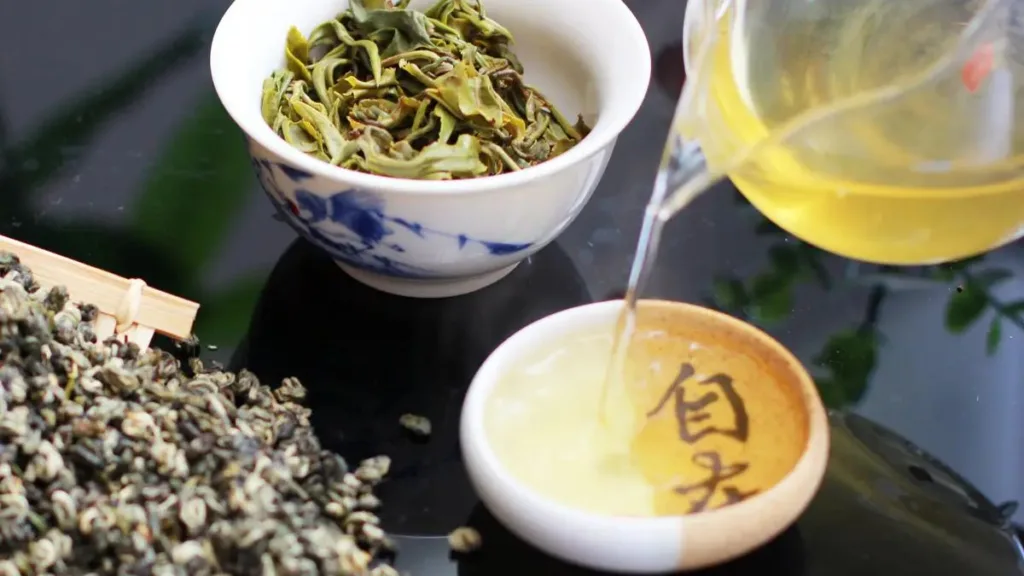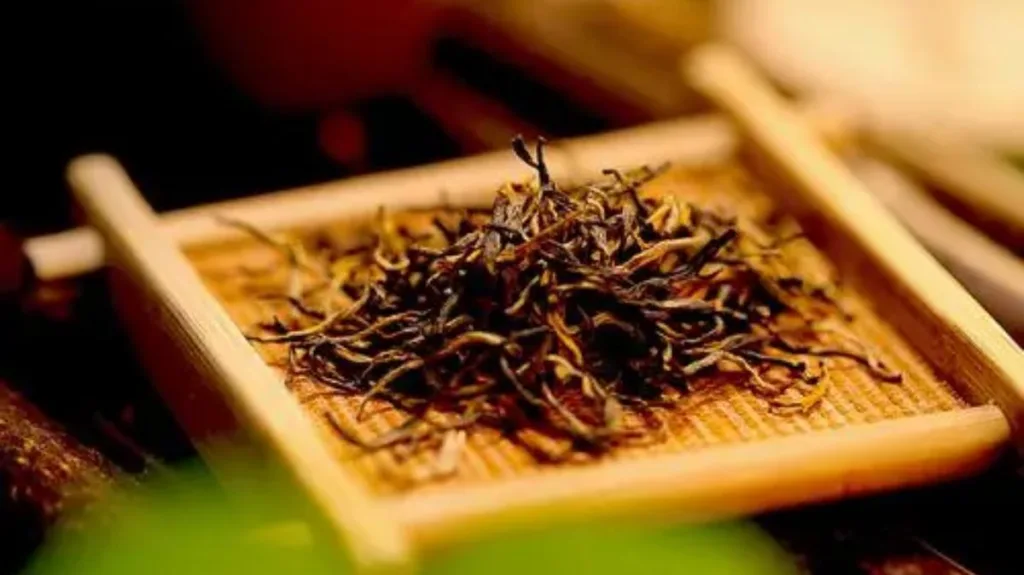Chinese green tea is a beloved and diverse category of tea known for its vibrant flavors, fragrant aromas, and numerous health benefits. It is made from the fresh, green leaves of the tea plant (Camellia sinensis) and is characterized by its lack of fermentation, which helps preserve its natural, fresh, and vegetal qualities. In this comprehensive exploration of Chinese green tea, we’ll dive into the process of making green tea, the various types of green tea, and the factors that influence its flavor and aroma.
The Green Tea Production Process:
Chinese green tea undergoes a meticulous and precise production process that consists of several key steps. These steps are vital in determining the quality, flavor, and appearance of the final green tea product:
- Plucking (采青): The first step in making green tea is the plucking of fresh tea leaves. This process requires careful attention to factors like the age and uniformity of the leaves, as well as the time of day when the leaves are picked. The quality of plucking greatly influences the overall tea quality.
- Withering (萎凋): After plucking, the tea leaves are spread out evenly and allowed to wither for a specific duration. During this stage, the moisture content in the leaves decreases, and they become softer. Withering enhances the development of desirable chemical compounds and helps to bring out the characteristic aroma of the tea.
- Frying (杀青): Frying, or “kill-green,” is a crucial step in green tea production. It involves applying high heat to the withered leaves, which rapidly deactivates enzymes, reduces moisture content, and triggers chemical changes that define the characteristics of green tea. The temperature and duration of frying must be carefully controlled to achieve the desired flavor, color, and aroma. A well-executed kill-green process results in leaves that are bright green and retain their fresh appearance.
- Rolling (揉捻): Once the leaves are fried, they are gently rolled or twisted to shape them into the desired form. This step serves multiple purposes, including breaking down cell structures to release tea juices, making the leaves compact for storage, and creating the recognizable appearance of green tea. The extent of rolling is critical in determining the leaf structure, which influences the tea’s flavor.
- Drying (干燥): The final step in green tea production is drying the leaves to halt enzymatic activity and prevent oxidation. Drying helps fix the tea’s flavor, aroma, and color. Different drying methods, such as pan-firing or baking, can be used depending on the specific type of green tea being produced.
Varieties of Chinese Green Tea:
Chinese green tea comes in various types, each with its unique characteristics, flavors, and aromas. The primary processing methods contribute to these variations. Here are some of the most well-known types of Chinese green tea:
- Steamed Green Tea (蒸青绿茶): This traditional method involves steaming fresh tea leaves to halt oxidation. Notable examples include Enshi Jade Dew (恩施玉露) and Yu Quan Palms (玉泉仙人掌). The resulting tea has a light green color, a refreshing taste, and hints of seaweed or chestnut.
- Pan-Fried Green Tea (炒青绿茶): Pan-frying is the most common method for producing green tea in China. It became prevalent during the Ming Dynasty. Varieties include West Lake Dragonwell (西湖龙井) and Bi Luo Chun (碧螺春). Pan-fried green tea has a yellow-green liquor, a rich aroma, and a mellow, non-bitter flavor.
- Sun-Dried Green Tea (晒青绿茶): Sun-dried green tea refers to tea leaves that are withered, then sun-dried to prevent further enzymatic activity. Varieties include Dianqing (滇青), Chuanqing (川青), and Shanqing (陕青). These teas often have a robust, savory flavor and a unique, long-lasting fragrance.
- Oven-Baked Green Tea (烘青绿茶): Some green teas, such as Tai Ping Hou Kui (太平猴魁) and Huangshan Maofeng (黄山毛峰), undergo an oven-baking process instead of pan-frying. The resulting tea has a deep green color, a slightly roasted taste, and a nutty, sweet aftertaste.
Each type of green tea has its regional variations and unique characteristics, making Chinese green tea a diverse and fascinating world to explore.
Factors Affecting Flavor and Quality:
The flavor and quality of green tea are influenced by various factors throughout the production process. These include the timing and duration of each step, the tea cultivar used, and the local terroir, which encompasses factors like soil, climate, and altitude. The expertise of the tea master or producer also plays a significant role in shaping the final product.
For instance, the withering process can alter the flavor profile of the tea. Longer withering times can lead to a more mellow, sweeter taste, while shorter times might result in a brisk and astringent character. The temperature and duration of the kill-green step are essential for controlling bitterness and astringency, as well as preserving the tea’s green color and fresh aroma.
In summary, Chinese green tea is a product of careful craftsmanship and a reflection of the rich tea culture in China. Its diverse types, each with distinct flavors and aromas, offer an exciting journey for tea enthusiasts. Understanding the various processing methods and their effects on the tea’s characteristics can deepen your appreciation for this beloved beverage. Whether you prefer the light, vegetal notes of steamed green tea or the nutty, robust flavors of pan-fried varieties, Chinese green tea offers a world of exploration for tea lovers.



